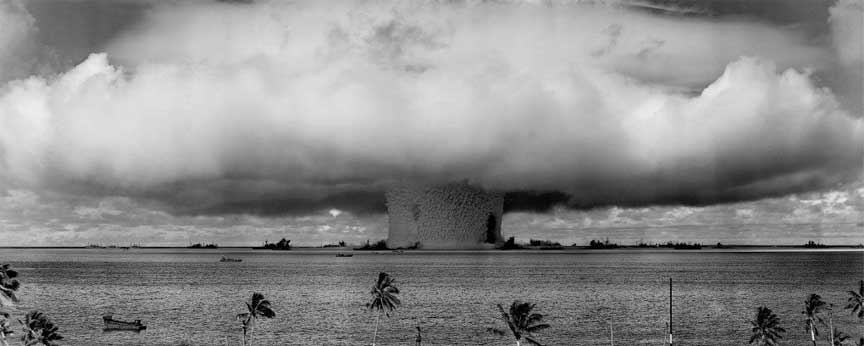1952 H- Bomb Tested

On Eniwetok Atoll in the Marshall Islands, the United States, on May 12th, 1951, detonated the first hydrogen bomb. The bomb was based on the combination of a nuclei of heavy hydrogen, called deuterium, and the process of fission.
After the development of the A-Bomb, there was a discussion on whether to go ahead and develop an even stronger Thermonuclear bomb or H Bomb. Many scientists opposed the idea of going forward. However, Edward Teller strongly supported the project, but initially, nothing was done to move the plan forward. After the Soviets successfully tested their A-bomb, there was a renewed push to develop better American weapons. Despite the opposition of Robert Oppenheimer who oversaw the Manhattan project the order was given to start preparing the Super Bomb.
The first test bomb was called the Ivy Mike device. It was not a deliverable bomb- it weighed 82 tons and used an Atomic bomb to trigger the hydrogen explosion. The bomb was set off on Eniwetok atoll on November 1st. The weapon was 10.4 megatons- 1,000 times stronger than the bomb that destroyed Hiroshima. It was twice the power of all the bombs dropped during World War II.
 >
>